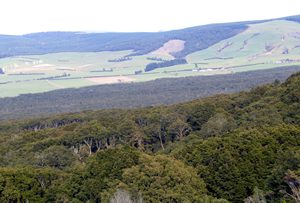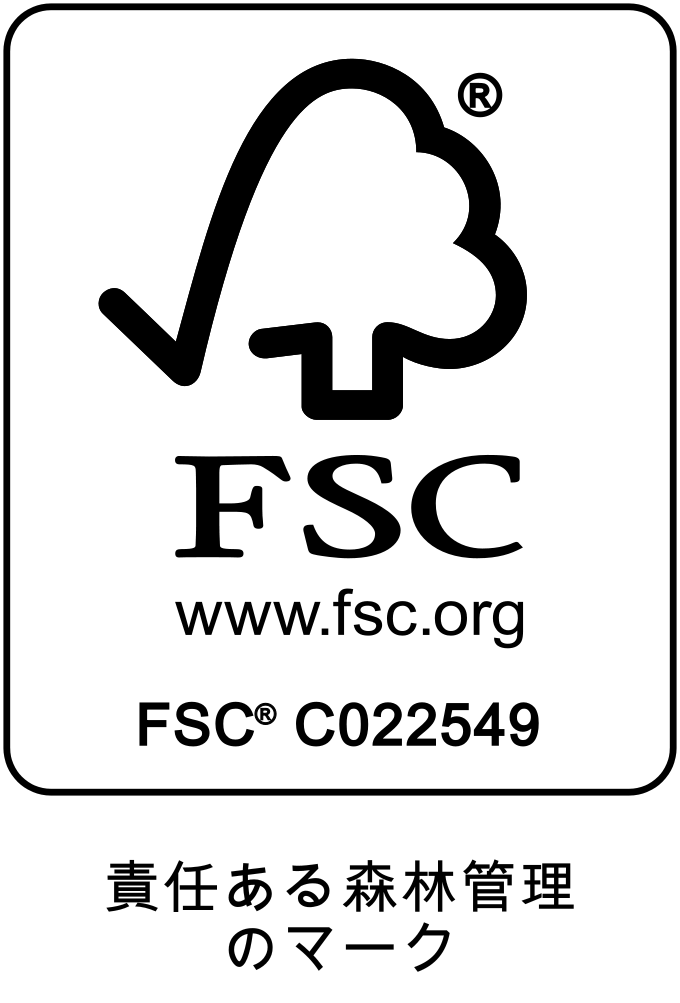What’s FSC?
FSC Certification?
 FSC works to improve forest management worldwide,and through certification creates an incentive for forest owners and managers to follow best social and environmental practices. The growing demand for FSC certified products tells forest owners that businesses and consumers prefer products from well managed forests. FSC provides a connection between the forest and the end user, ensuring that products with the FSC label uphold principles and criteria which bring the highest social and environmental benefits.
FSC works to improve forest management worldwide,and through certification creates an incentive for forest owners and managers to follow best social and environmental practices. The growing demand for FSC certified products tells forest owners that businesses and consumers prefer products from well managed forests. FSC provides a connection between the forest and the end user, ensuring that products with the FSC label uphold principles and criteria which bring the highest social and environmental benefits.
FSC Forest Management Certification
The FSC Principles & Criteria (P&C) describe the essential elements or rules of environmentally appropriate, socially beneficial and economically viable forest management. All ten principles and criteria must be applied in any forest management unit before it can receive FSC certification.
The Principles & Criteria apply to all forest types and to all areas within the management unit included in the scope of the certificate.
The P&C are applicable worldwide and relevant to forest areas and different ecosystems, as well as cultural, political and legal systems. This means that they are not specific to any particular country or region.
FSC Chain of Custody Certification

Between the forest and the final consumer, forest products may undergo many stages of processing, transformation, manufacturing and distribution. FSC Chain of Custody certification verifies that FSC certified material is identified or kept segregated from non-certified or non-controlled material through this chain. FSC Chain of Custody certification allows companies to label their FSC products, which in turn enables consumers to identify and choose products that support responsible forest management.
